Fw: Panoramic Pictures
Panoramic Pictures |  |
| Posted: 20 Jul 2012 04:41 PM PDT Understanding the way to learning how to do panoramic photography is one of the most exciting and fun things in photography. You can create thousands of photos that look beautiful on your wall or home office. It’s not only a great way to practice the way you look at photography in general, but a great way to master your landscape photography skills as well. Let’s start with why panoramas were “invented”. Software businesses knew that the scene was bigger than what our cameras could record. So they created a process called “stitching”. Stitching is a term used to describe taking a series of photos side by side and merging them together to create one single, long and wide photo. For panorama photography you don’t need anything too expensive when it comes to cameras. You just need a tripod, clear lighting and some software. My favourite software to stitch my panoramas is called “Panorama Maker Pro”. Nowadays they have version 6 available. You can even trial it for a short period of time to decide whether or not it is suitable for you. I have created a lot of panoramas with the software. Once complete you can clearly see how it beautifully elongates a photo. This works fabulously for landscape photography. When you want to photograph your scene and do not have a wide or ultra wide angle lens, creating a panorama is good fun. Camera Positioning for PanoramasThere’s one thing to make panoramas, and another thing to actually take them. There is a particular way to shoot panoramic shots and it’s less difficult than you are probably thinking. Okay, so let’s start. Let’s start with photographing a landscape shot. Choose the scene you want to photograph. Make sure your landscape has nice lighting and there are no strong shadows across your scene, it will make it a lot easier to stitch if you have a clear and open scene. Set your digital camera up on a tripod. Keep the digital camera securely fastened and able to move about from left to right or right to left only. It’s crucial that you allow the tripod to move horizontally. If your tripod slips downwards as you are taking the picture you make risk having your photo blurry and the software will be unable to stitch correctly. Don’t shoot into the sun. Have the sun behind you. It is better to shoot at the end of the day, or the start of the day. The light is nicer, softer and so much more gentle at the start and end of the day. The colours are deeper too. Creating Panoramic PhotosChoose manual setting and place the camera in the direction of the part of the scene you want to expose properly. Now keep the digital camera on those modes the whole time. Let’s say you have the camera at 1/250th of a second and F20, 100 ISO. You’ve decided that you want a certain part of the picture to be well exposed and these settings will do it. That’s good, keep them that way and don’t change the settings at all. Once you have chosen your settings, now take a succession of photos, one after the other. Turn the camera from left to right, for example. Make sure you leave a section of the scene as overlap. Your stitching software needs to overlap something. What Kinds of Things Can You Make a Panorama From?Fast moving subjects may not work- depending on the light. Begin with motionless subjects. Landscapes with a nothing but blue sky and a mountain range are good subjects to begin with. Nothing is fast moving so the software should not have any concern stitching your scene together. Let me explain. If you are shooting with a shutter speed of /125th of a second and the subjects is fast moving, like water for example, then you may not have a fast enough shutter speed for the motion of the camera and the water. In one photo the water will be at the top of the rock and the next photo the water will be half way down the rock. When the software tries to stitch two irregularities together it will not be able to form a complete picture. You must always keep the shot without movement so the software can stitch the image in exactly the same spot. It will then make photo 1 the same as photo 2. There will be no difficulties and the two photos will come together nicely. However, on saying that, if you have loads of light and a fast shutter speed you must to move the camera sooner than the water is moving. In other words, you need to move super fast to make sure you position your digital camera in a way that the stitching will match up. If the water is moving at 1/250th of a second, then you need to move at 1/500th of a second. You need to move the camera from left to right, faster than the water. But for now, start with a single picture without movement of any kind. Keep your mind on a stationary subject. It’s simpler in the beginning that way. What Other Scenes Make Great Panoramas?There are heaps of ways to make your photos wide and big. Mountain ranges are not the only types of things that look good as panoramas. Once you have mastered the shutter speed and speed of motion for photographing a series of pictures, why not attempt a waterfall. Once you have mastered this method of panorama taking, you can work to produce panoramas in any direction. Not only do horizontal panoramas work but so do squares (tiles- two at the upper section of the photo and two at the bottom of your image), and so do vertical scenes. I took a sequence of shots at Katoomba National Park in New South Wales, just a couple of hours drive out of Sydney, Australia. I did what was referred to as a “tile.” The shot comprised of 6 photos; 3 bottom ones of the scene and 3 top ones of the scene. I was very careful not to overlap any sections of the water because I was unable to shift the digital camera quickly and have a fast shutter speed. My overlap points were rock instead of water. Why did I chose this? This was due to the sunlight dipping behind the mountain. I used a very high ISO to compensate for the light decrease. I knew it would be okay to do this as my camera wouldn’t overexpose anything in shadowy lighting like this. I was fortunate, the shot turned out well. Stitching Your Photos into a PanoramaOnce you have taken a series of shots from left to right, say 5, simply upload the photographs to your computer. Open up the Panorama software program. Then, once you are in, select the photos you want to work on. You will be able to follow the instructions pretty well when you are in the program itself. If your panorama works well, you should see a big scene. It is astonishing to see, for the very first time, that your photos have now become one and you are looking at a big photo- exactly the way you saw it with your own eyes. It’s a stunning thing to experience. Making panoramas is a superb way to not only become skilled at the art of photography but helps you look at scenes in a different way. You will have a fresh appreciation and excitement for landscapes especially. Don't just stick with landscapes. Once you grow more familiar with the progression, try creating photos of trees, water, oceans (remember your light and shutter), roads, and even pathways. Everything I have pointed out seems like a landscape scene, but if you do additional shooting you will find you can create a panorama out of just about anything. It’s so much fun to do! About the Author: For Further Training, PictureCorrect Suggests:Check out The Perfect Panorama; a detailed eBook that walks you through the whole process of how to capture and stitch panoramic photos. This can be accomplished with any ordinary digital camera even if you have no experience with panorama software using this step-by-step guide. It can be found here: The Perfect Panorama Go to full article: Panoramic Pictures |
| Surf Photography: Life on the Edge Posted: 20 Jul 2012 11:06 AM PDT Photographing surfers is a true labor of love. As Zak Noyle describes in the following mini-documentary, to become one of the great surf photographers, you put your life on the line every time you step into the water. Noyle, a well known photographer among the surfer crowd, proves his dedication to both, the sport and photography, by swimming out into some of the largest waves in the world, camera in tow. Check out some of the incredible footage of typical day in the life of a water photographer (for those of you reading this by email, the video can be seen here). As if finding the photo and getting the proper exposure wasn’t difficult enough, surf photographers are also challenged with being able to do so while swimming, often times amid thick packs of surfers blazing by on hard surfboards that wield razor sharp fins. The especially brave photographers face 20′+ waves, wipe-outs, and where there’s good waves, there is usually a jagged reef below, which will do a number on a person as they are being slammed into it by the impossible force of the ocean.
“In the back of every surf photographers mind when he’s in the lineup, especially a heavy one like Pipeline, his eyes are going two different directions. One is in the pit on the barrell looking at the surfers and the other is keeping an eye on the horizon and the rest of the pack, what they’re doing, dodging a set, and what have you.” Go to full article: Surf Photography: Life on the Edge |
| You are subscribed to email updates from PictureCorrect Photography Tips To stop receiving these emails, you may unsubscribe now. | Email delivery powered by Google |
| Google Inc., 20 West Kinzie, Chicago IL USA 60610 | |

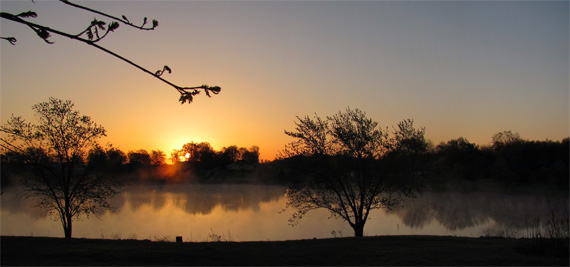
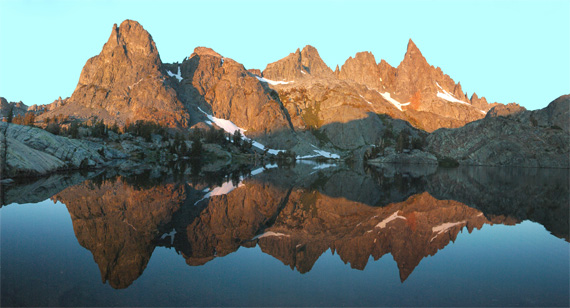
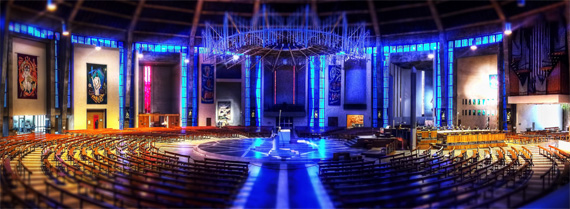
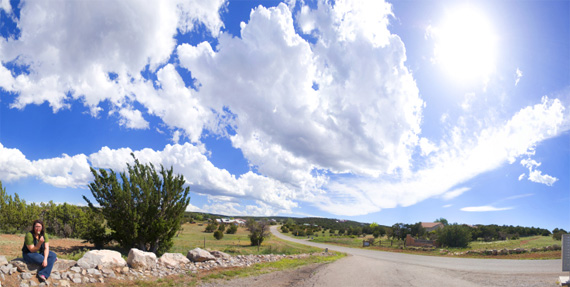
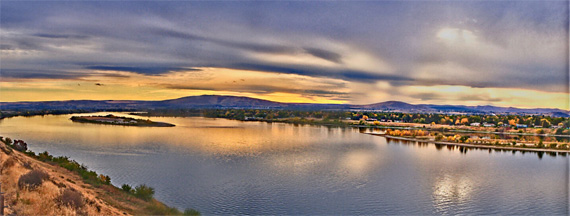
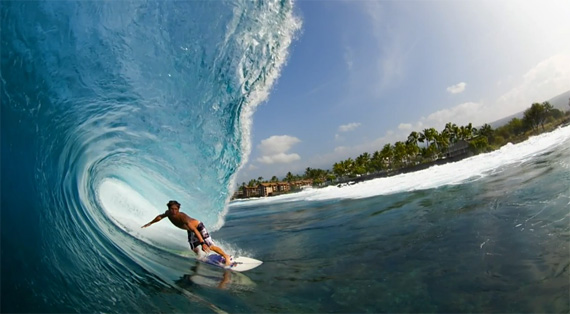
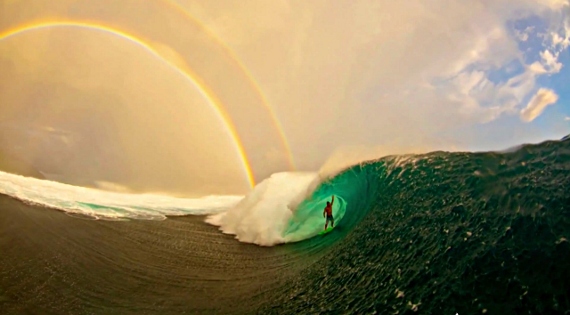


<< Home